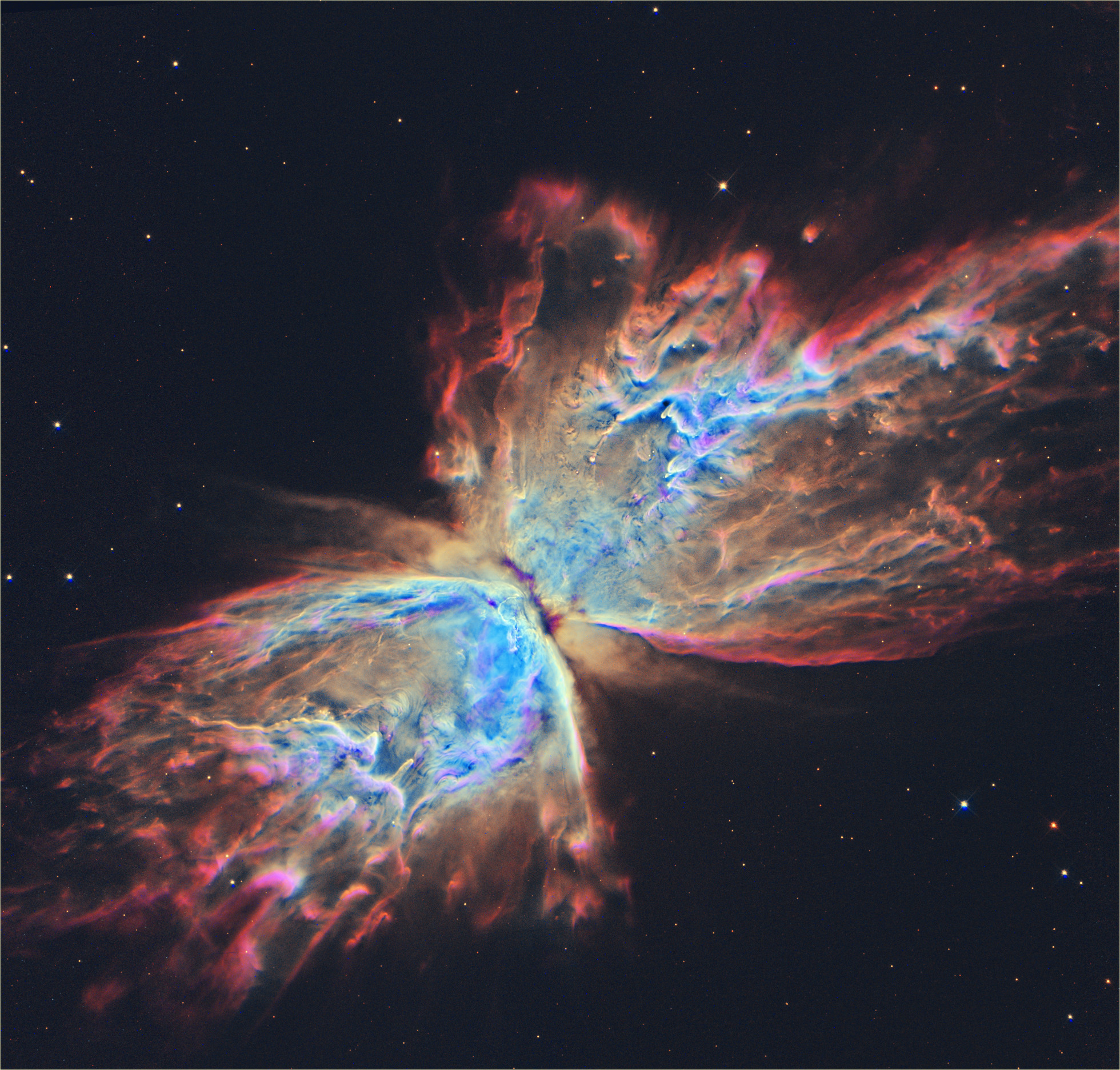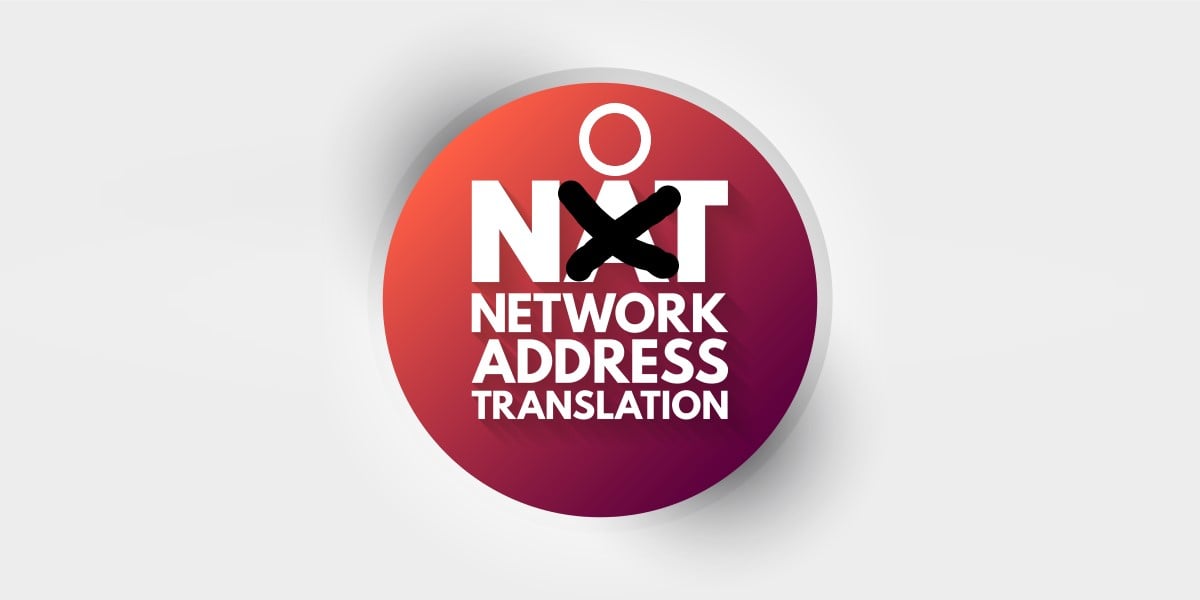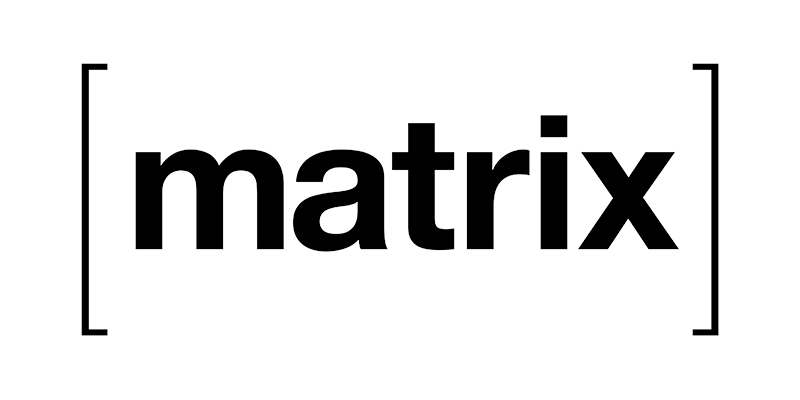Ultimate Beginner's Guide for Linux
Linux is another operating system comparable to macOS and Windows. Although it is technically not refered to as a wholesome OS like its popular counterparts, there are distributions of Linux (flavours/variations) of it which can be directly compared.
Linux is based on UNIX, similar to macOS, but that is pretty much where the similarities end. It was created by Linus Torvalds with a free, open source license, which is the main reason it grew so much in popularity. But, the software that Linus created, is only what is called the Linux Kernel, which is not an entire operating system.
Other developers and companies over the years, have created their own versions of an operating system called distributions (or distro for short) building up on Linux. Few examples of these distributions are Debian, Arch Linux, Red Hat Enterprise, etc. Some of these distributions can only be used with a command-line interface (no graphical interface), but it is possible for users to install desktop environments or window managers for them to actually use it as a modern desktop operating system.
Linux has grown in popularity over the years, and due to its free and open source nature, there are so many forks and branches of different distributions which are based on each other. An example is Ubuntu created by Canonical, one of the most popular distros in existence right now, which is based on one of the oldest distributions called Debian. Another popular distribution created by the company System76, is Pop!_OS, which is based on Ubuntu, which is based on Debian.





/cdn.vox-cdn.com/uploads/chorus_asset/file/23935561/acastro_STK103__04.jpg)
/cdn.vox-cdn.com/uploads/chorus_asset/file/24371483/236494_Mac_mini__2023__AKrales_0066.jpg)







